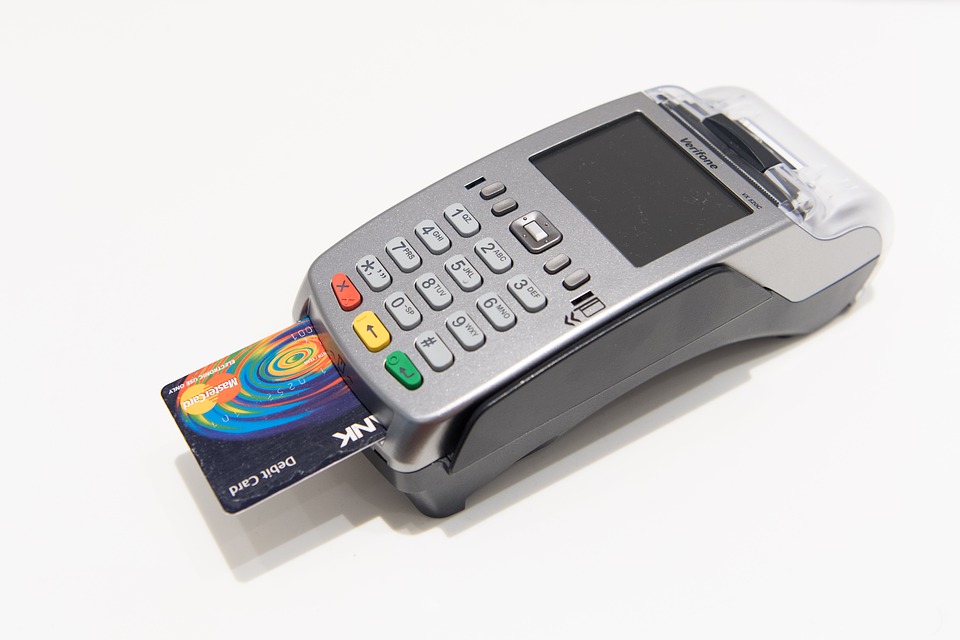Making a credit card purchase may seem like a quick transaction, but in all actuality, it is a complex process. Credit card transactions are processed and settled due to the coordination between of these entities: an issuer, an acquirer, a processor, a merchant, a cardholder, and the card schemes. To understand their parts in credit card processing, it’s best to explain each player’s individual roles.
Merchant: This is the bricks-and-mortar store or website that sells products or services. In addition to accepting credit and debit card payments, it sends card data and requests authorization from the cardholder’s issuer.
Cardholder: This is the purchaser who is using a card to pay for products or services.
Issuer: An issuer is a bank or financial institution that issued the credit card that is being used in the transaction. It receives the payment authorization request from the credit card network and either approves or declines the transaction.
Acquirer: An acquirer or acquiring bank receives payment authorization requests from merchants and then, sending that information to the issuer. Finally, it provides the issuer’s response to the merchant.
Acquiring processor: If the acquirer doesn’t handle the credit card processing, it sends it to a third-party processor. In this case, the processor provides a services that allows a store/retailer to accept credit or debit cards. Additionally, it sends payments details to the credit card schemes or network. After this, the processor forwards an authorization back to the acquirer.
Credit card network: Members of the network, such as Visa, Discover, and MasterCard, process credit card payments and govern interchange fees. The network’s role in card transaction processing is that it receives credit card payment information from the processor and then forward the authorization request to the issuer. After it receives the issuer’s response, it forwards it to the processor.
Issuer: Whether a bank or financial institution, an issuer receives the payment authorization request from the credit card network and then, opt to approve or deny the transaction. It’s likely hard to imagine but from the time that buyers swipe credit cards until they receive receipts takes less than three seconds. With that being said, the entire credit card process can be broken down in three steps: authorization, authentication, and clearing and settlement.
Authorization Stage: First, the cardholder presents a credit card to the merchant for a purchase. Once submitted, the merchant needs to get approval for payment from the issuer. After the card is swiped, the credit card information is sent to the acquirer, and then, details are sent to the credit card network. The network clears the payment and requests authorization, which includes the credit card number, billing address, card security code, card expiration date, and payment amount, from the issuer.
Authentication Stage: During this stage, the issuer uses fraud protection tools to validate the customer’s credit card. Then, the issuer receives the payment authorization request. Then, the issuer validates the credit card number, monitors to ensure that there is an adequate amount of funds available, and that the card matches the billing address and the CVV number. The issuer, then, either approves or denies the transaction and sends the determination back to the merchant. Once the authorization is received, the issuer places a hold for the amount on the cardholder’s account. From here, the merchant’s point-of-sale will collect all authorizations to be processed in a batch.
Clearing and Settlement Stage: The clearing and settlement happen simultaneously. During the clearing, the transaction is posted to the cardholder’s monthly credit card billing statement and the merchant’s statement. At the end of a transaction, the merchant sends any approved authorization in a batch to the acquirer. The batched information is sent to the card network for settlement. From there, the network pushes each approved purchase to the right issuer. Within no more than 48 hours of the transaction, the issuer transfers funds minus the interchange fees. The network pays the acquirer and it credits the merchant’s account for cardholder purchases. Then, the issuer posts the transaction information to the cardholder’s account.


